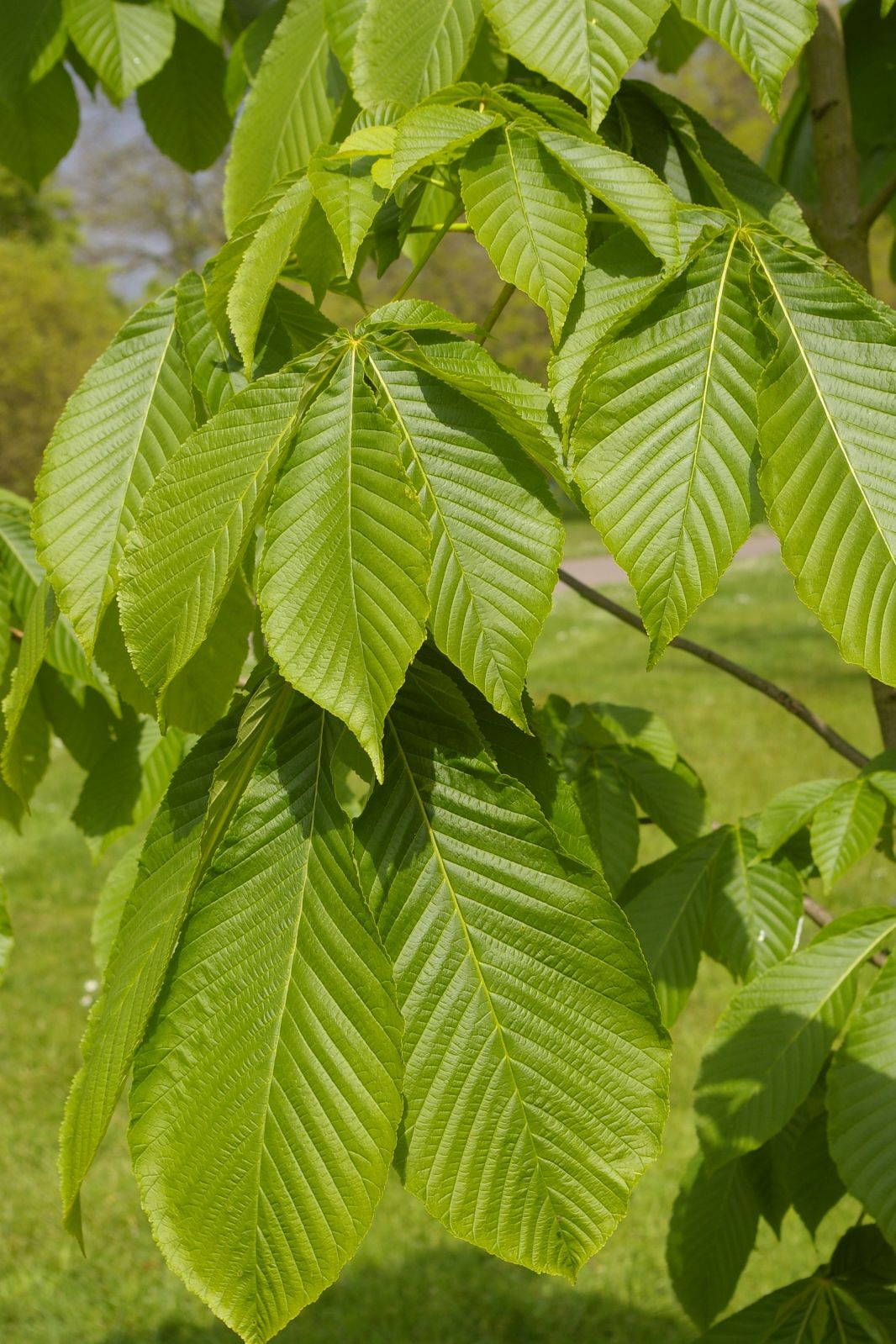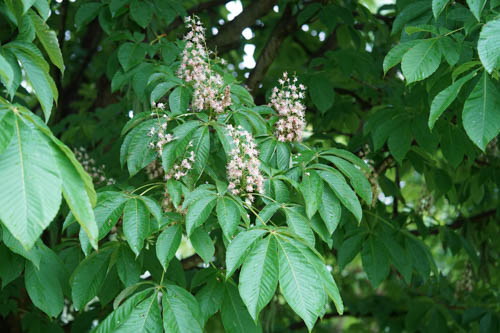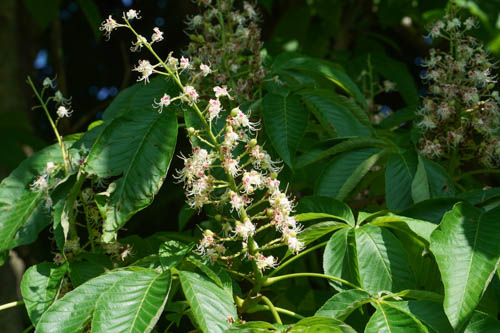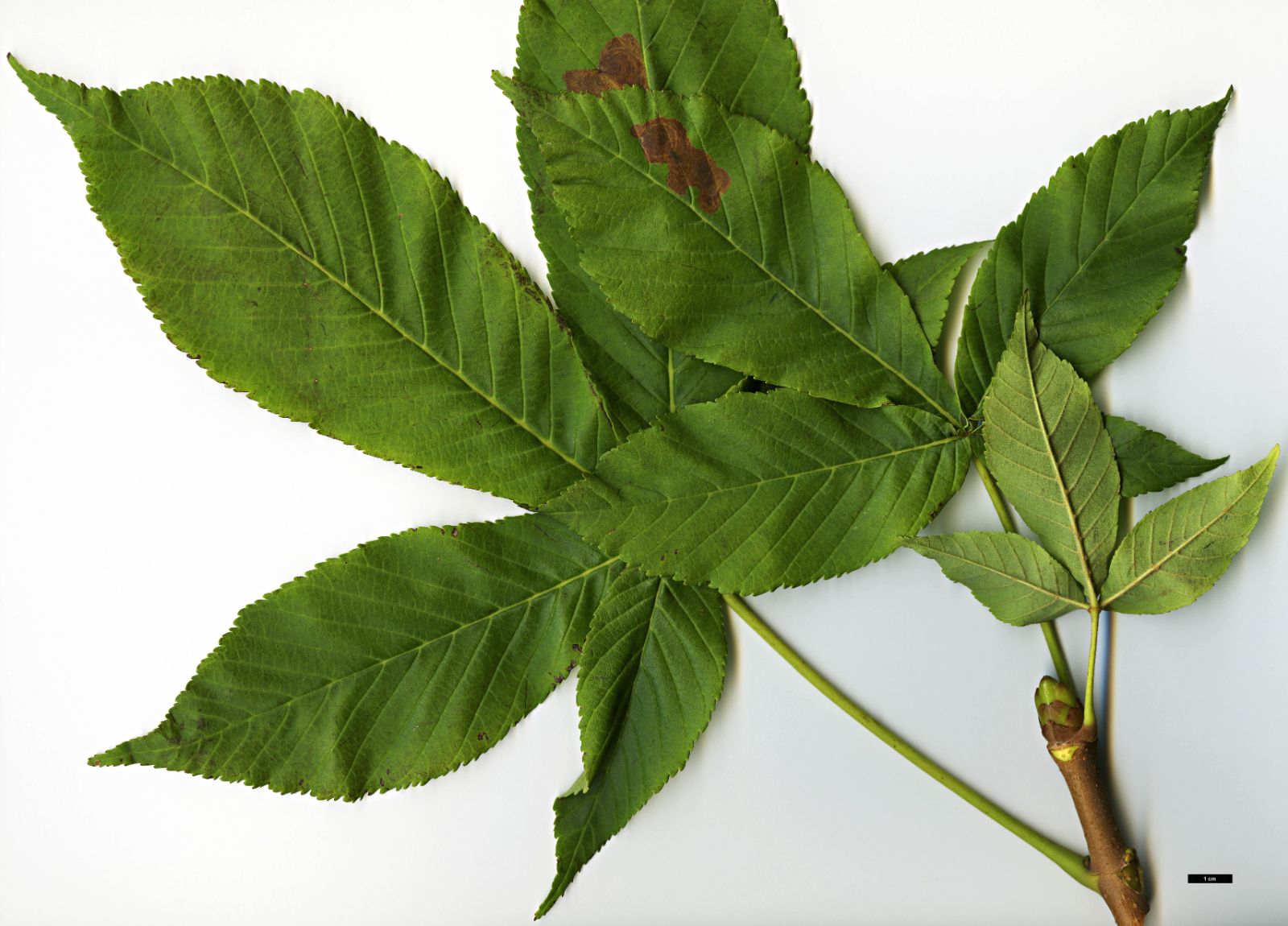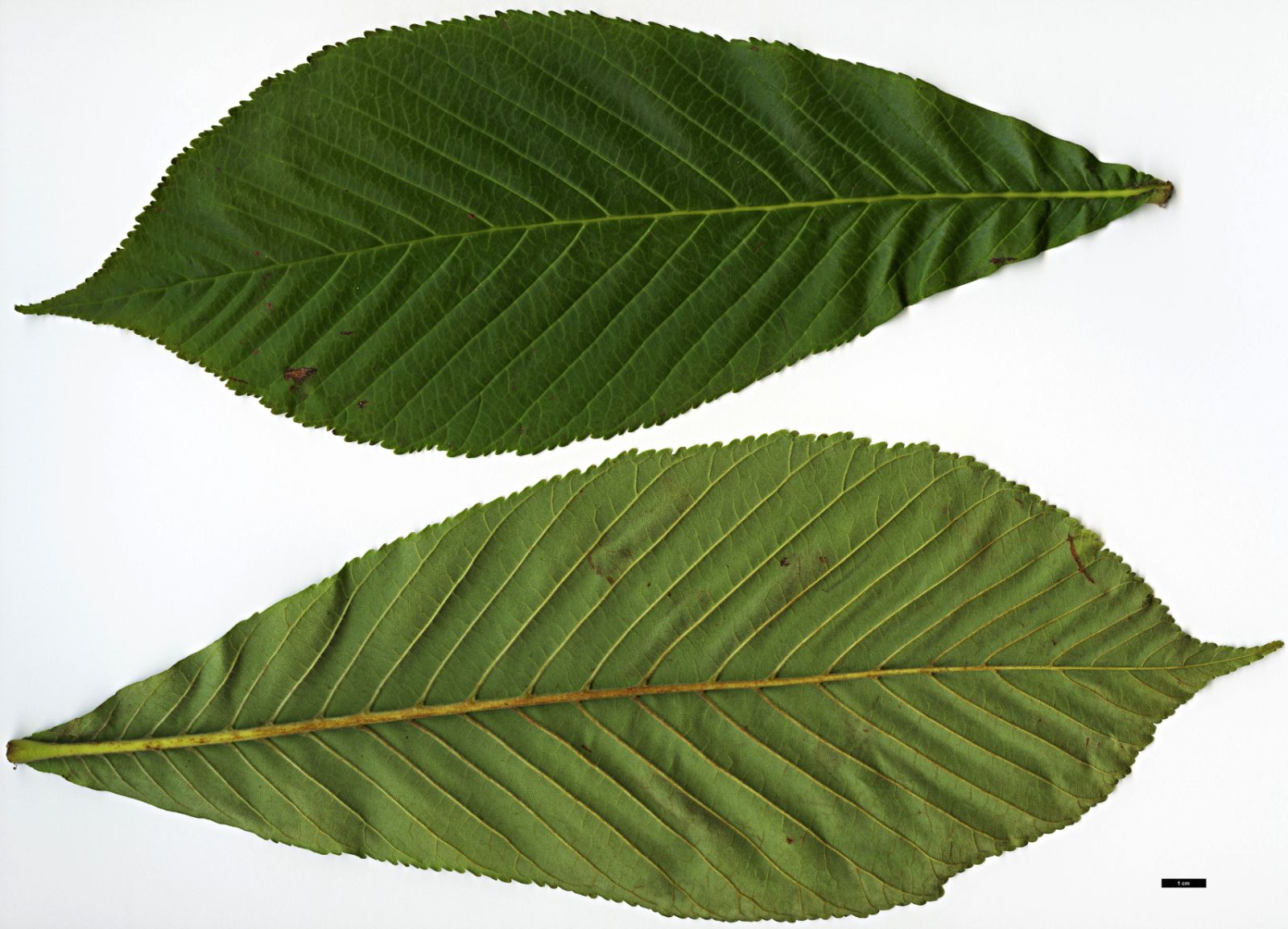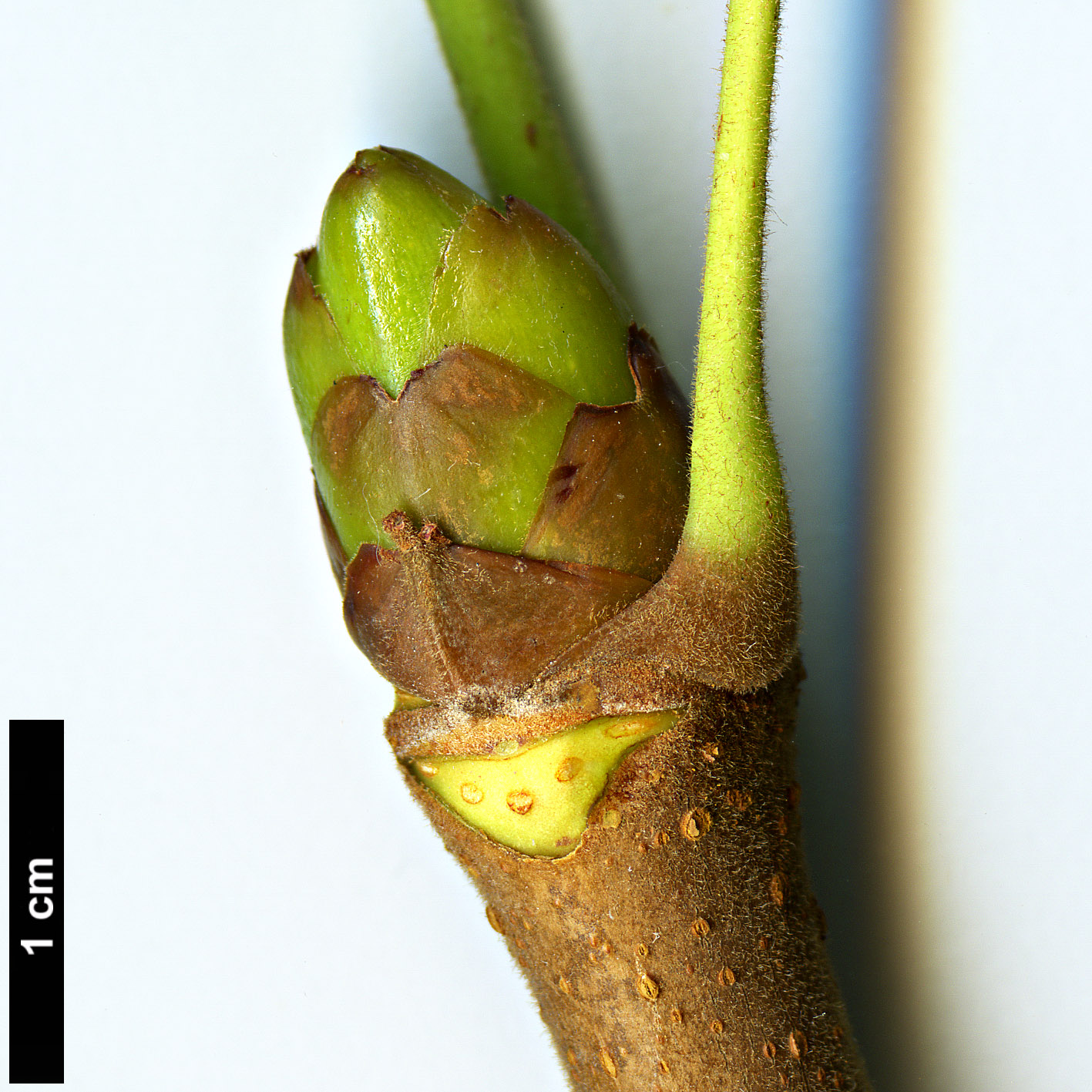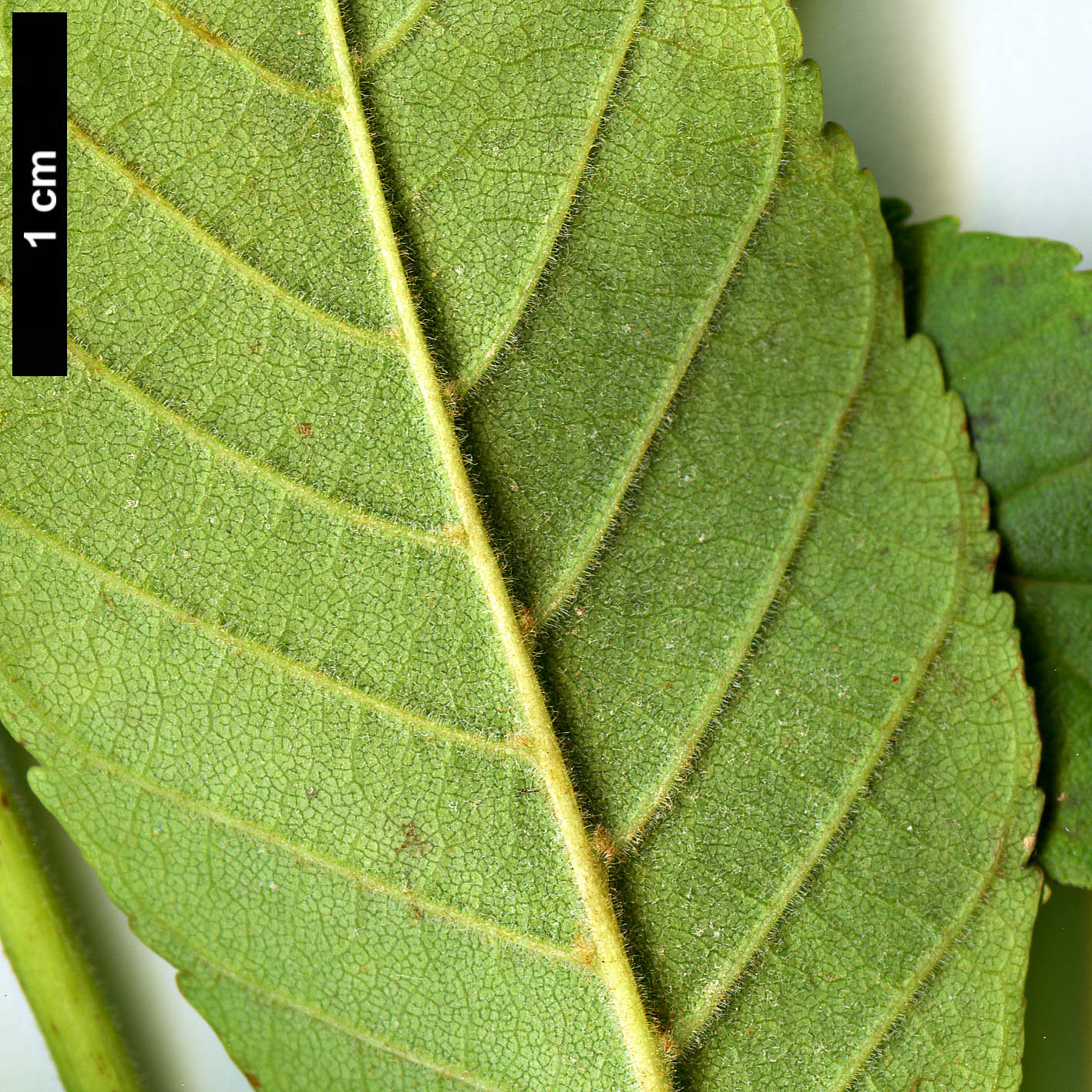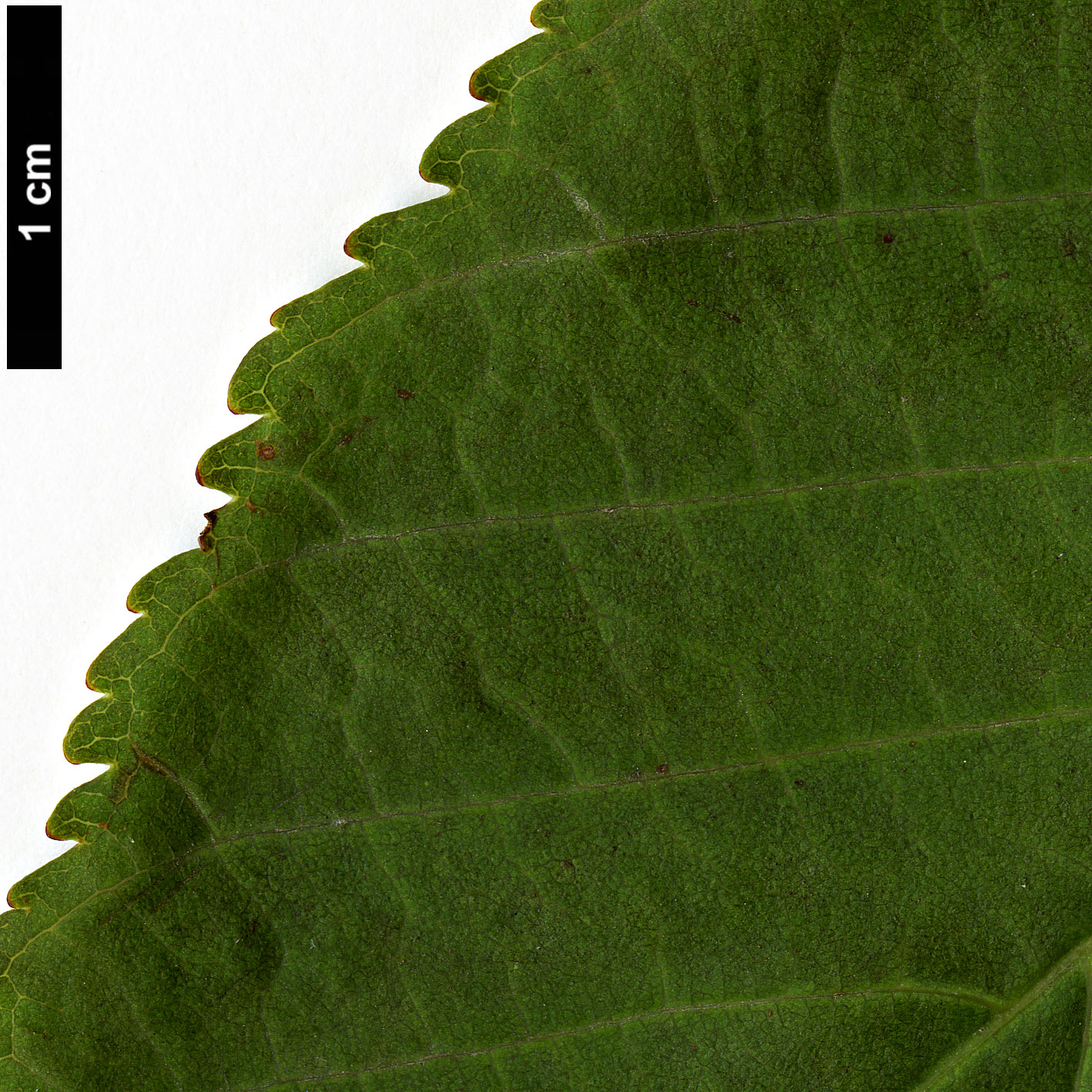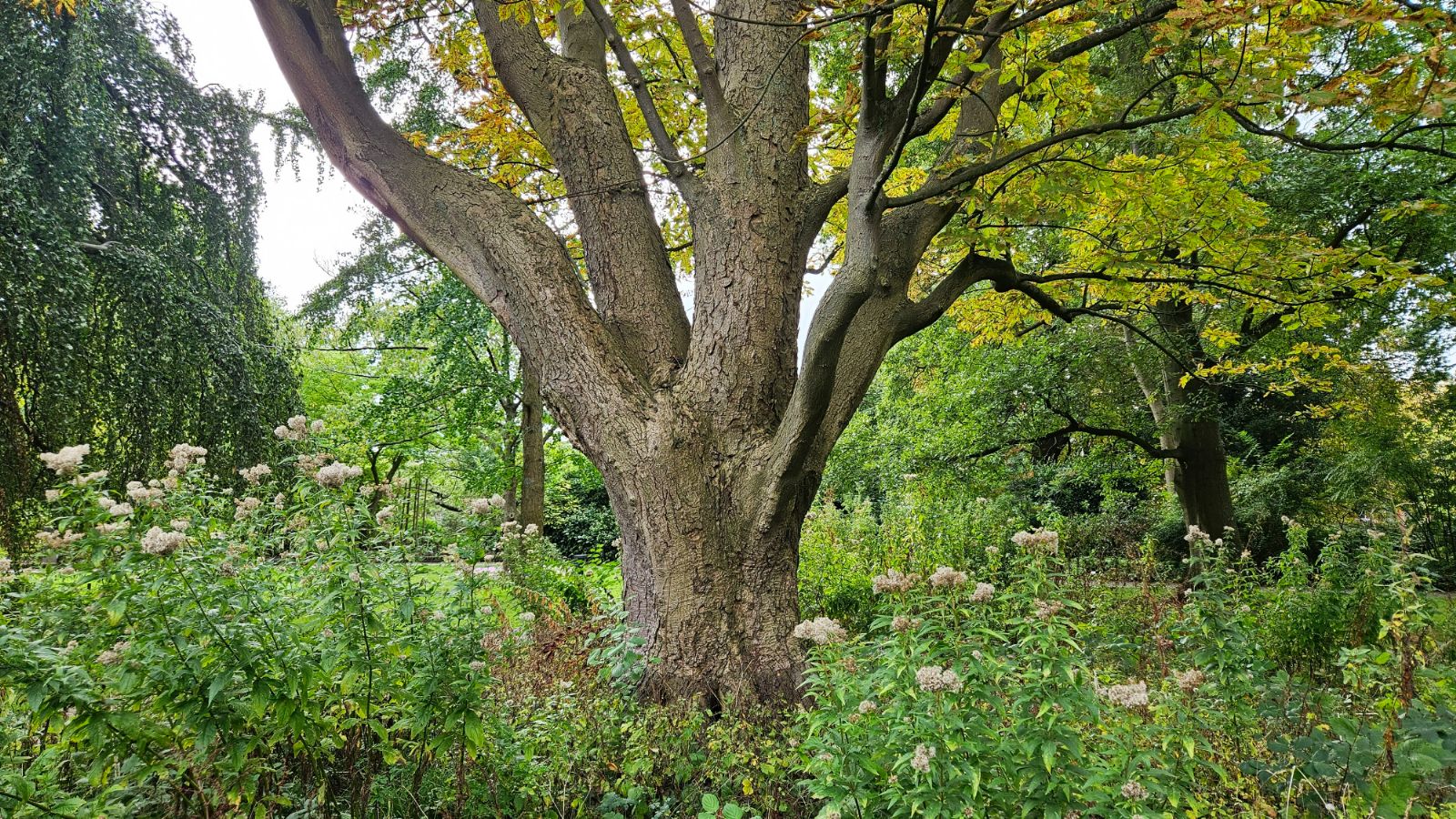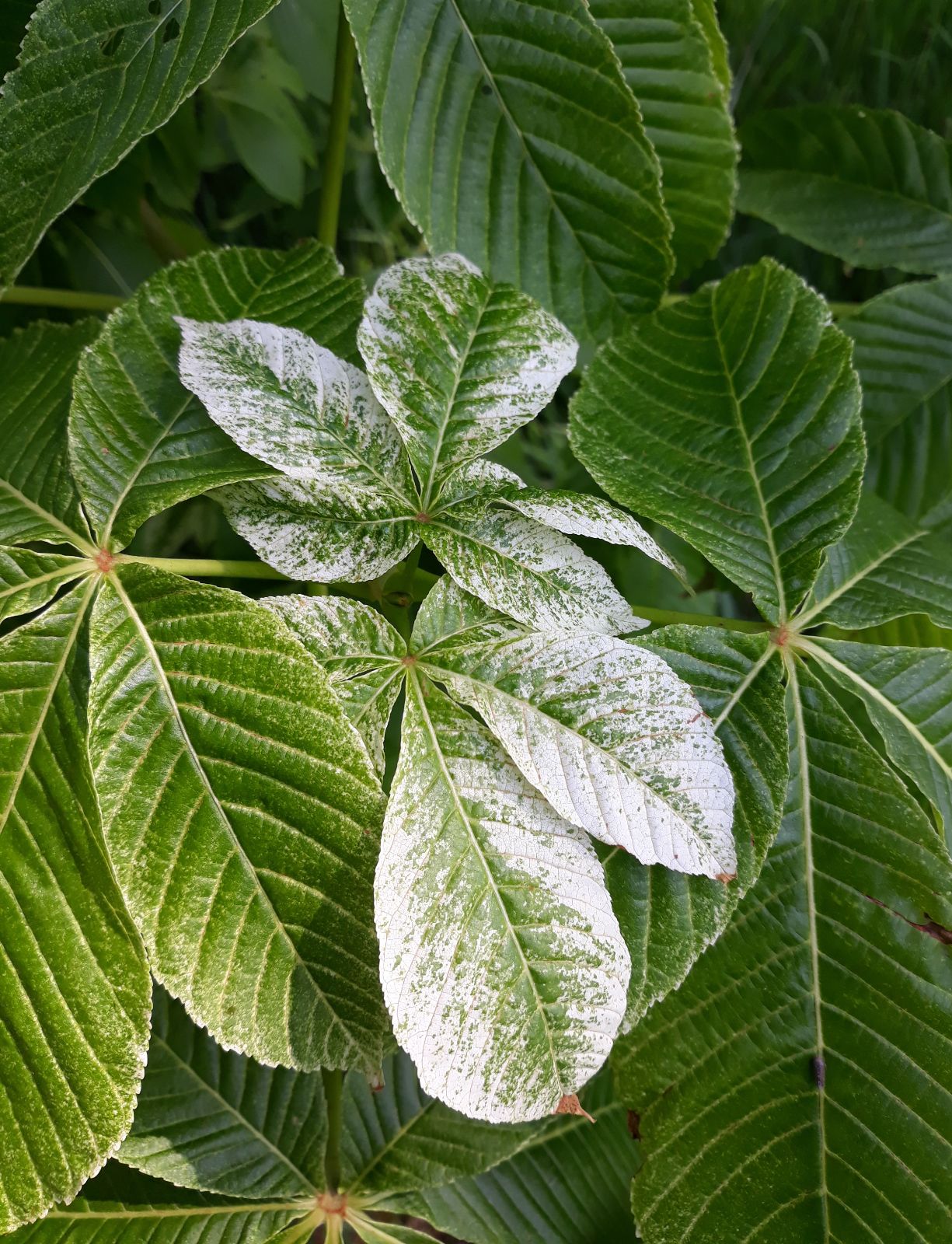Aesculus turbinata
Credits
Article from Bean's Trees and Shrubs Hardy in the British Isles
Recommended citation
'Aesculus turbinata' from the website Trees and Shrubs Online (treesandshrubsonline.
Genus
Common Names
- Japanese Horse-chestnut
Infraspecifics
Other taxa in genus
- Aesculus × bushii
- Aesculus californica
- Aesculus × carnea
- Aesculus chinensis
- Aesculus + dallimorei
- Aesculus flava
- Aesculus glabra
- Aesculus glabrescens
- Aesculus glaucescens
- Aesculus hippocastanum
- Aesculus indica
- Aesculus × marylandica
- Aesculus × mutabilis
- Aesculus × neglecta
- Aesculus octandra
- Aesculus parviflora
- Aesculus pavia
- Aesculus splendens
- Aesculus sylvatica
A tree 80 to 100 ft high in Japan, and said to have a trunk 20 ft in girth; winter buds very resinous. Leaves like those of A. hippocastanum, consisting of five to seven stalkless leaflets, but more regularly toothed and tapering more gradually at the apex. On the small plants at Kew they are obovate, and as much as 16 in. long and 6 in. wide, the whole leaf with its stalk 27 in. long. Panicles erect, 4 to 8 in. high, with a stalk half as long. Flowers 3⁄4 in. across, creamy white, produced two or three weeks later than those of common horse-chestnut. Fruit without spines, but rough; broadly pear-shaped, 2 in. wide near the top, tapering to a short, warted stalk. Bot. Mag., t. 8713.
Native of Japan up to 5,500 ft on the main island and in Hokkaido (Yezo). It is very similar in general appearance to A. hippocastanum, but hitherto has grown much more slowly. It is distinguishable by the different toothing of the leaf, still more so, of course, by the pavia-like fruits. Elwes says that the timber of this tree, although lacking strength, often shows a wavy figure, and is used in Japan for house fittings and articles of domestic use. As a tree for gardens and parks, it would seem to be inferior to the common horse-chestnut in all respects except in size of leaf. In that respect it is certainly the most striking of all. Young trees are curiously stiff and sturdy in habit.
The following specimens have been recorded: Westonbirt Arboretum, 70 × 51⁄4 and 65 × 33⁄4 ft (1967); Westonbirt House, pl. 1883, 55 × 63⁄4 ft (1967); Kew, pl. 1887, 47 × 51⁄2 ft (1967). In Eire there are two sizeable trees at Headfort, Co. Meath, the larger 47 × 61⁄4 ft (1966).
From the Supplement (Vol. V)
specimens: Kew, pl. 1887, 56 × 61⁄2 ft at 3 ft (1984); Westonbirt, Glos., Clay Island, 82 × 61⁄2 ft, East Willesley Drive, 72 × 5 ft, Circular Drive, 65 × 81⁄4 ft, Pool North, 65 × 61⁄4 ft (1981–2) and by Entrance, 75 × 61⁄4 ft (1978); Tortworth, Glos., 55 × 73⁄4 ft (1976); Thorp Perrow, Bedale, Yorks., 60 × 51⁄4 ft (1981); Headfort, Co. Meath, Eire, 60 × 51⁄4 ft (1981).
'Variegata'
A really rather pointless plant, fortunately very rare. New leaves are sometimes freckled with white on emergence, rapidly becoming green. It seems to be known only from a few specimens at the Yorkshire Arboretum, less than 4.5 m tall in almost 40 years of growth, and never known to flower. Scions were received from Maurice Mason by James Russell (Yorkshire Arboretum database) but nothing further is known about its origins.

